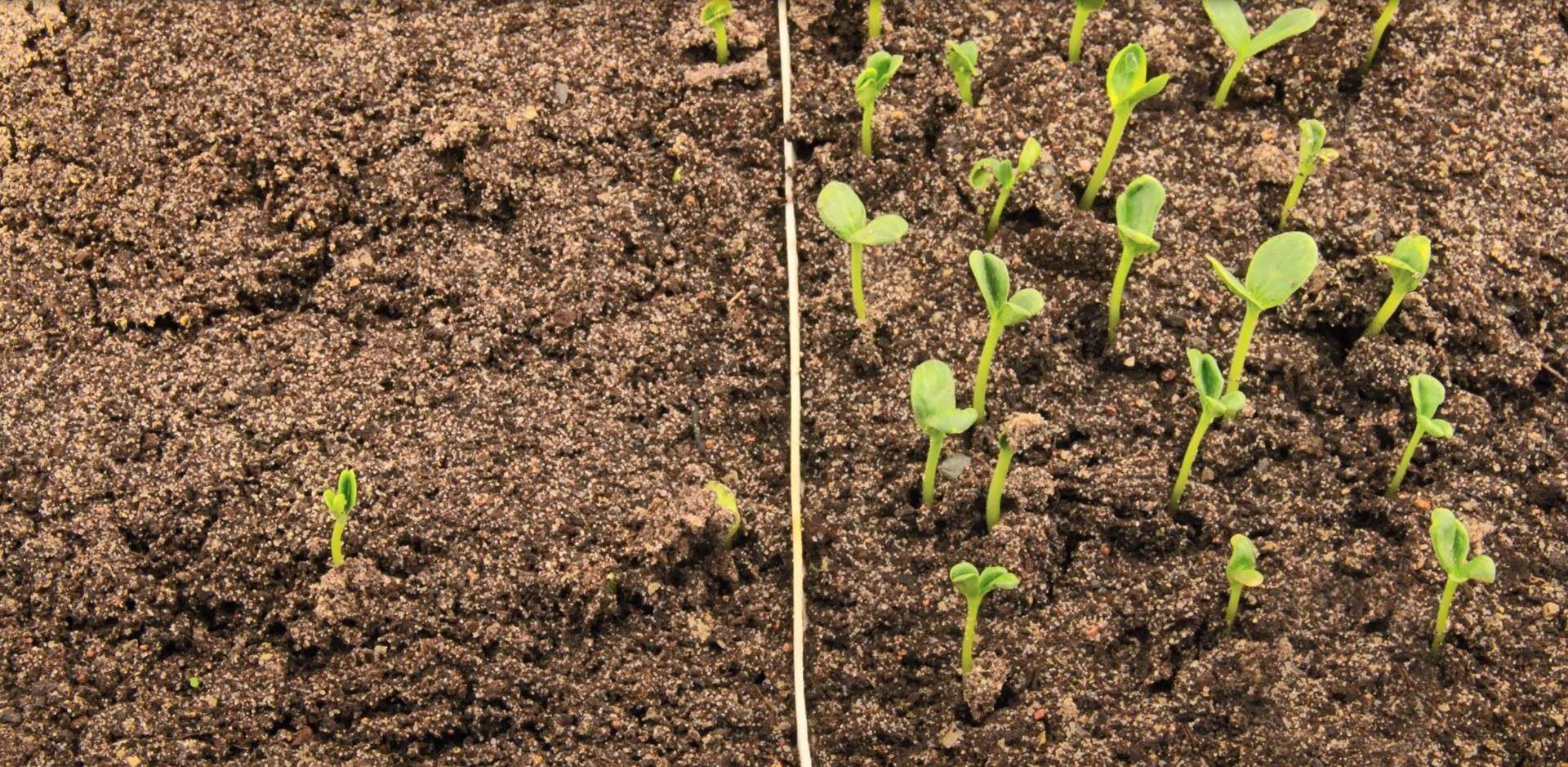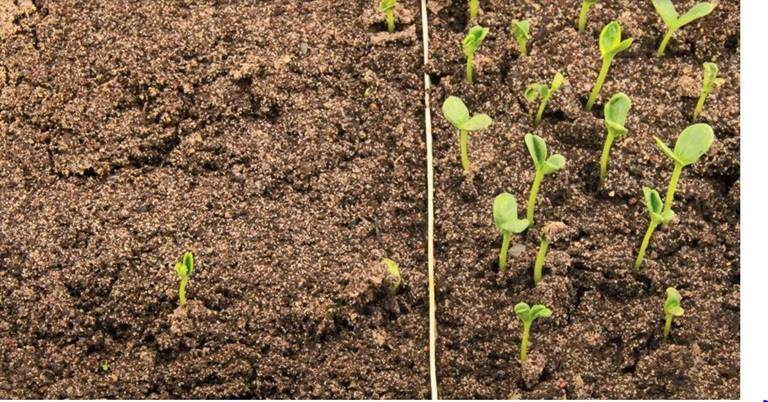5 new techniques for priming
The priming of seeds for agriculture is one of the most powerful techniques in seed enhancement. In the previous article Henry Bruggink explained all about the three standard ways of priming. In this article he will dive into some other, new techniques of doing this. The focus will be on techniques for which a patent application was made.
Where in the basic techniques of seed priming, the primary goal is to apply and control moisture, in most of these new techniques another aspect comes into play. This can be an enhancement of the moisture uptake, or the activation of certain physiological processes that are not activated when only using water. And sometimes the exact way of working is not even known.

When we see priming as synchronization of germination, the duration of the priming should be longer than the duration of the germination process. Any technique that lasts significantly shorter can affect the speed of germination but cannot be considered as a true priming, unless it is followed by a so-called wet period in which synchronization takes place.
Oxygen-controlled priming
An exception to the above may be the so-called oxygen-controlled priming. Instead of regulating the amount of water supplied to the seed, the amount of oxygen is limited in such a way, that the physiology is still stimulated, but germination cannot take place. In this treatment, the duration may be long enough to not only increase the germination speed, but also to synchronize germination.
Pulsed Radio Frequency priming
The Pulsed Radio Frequency priming is the application of an electrical field to seeds. What makes it special is the low voltages that are used, and the pulsation of the radiation at a high frequency. This is done on (partly) hydrated seeds for a very short period, ranging from a few minutes to 2 hours, so too short for synchronization. However, the method did play a role in breaking dormancy in apple seed.
Ultrasonics
Applying ultrasonics to seeds has been described by various authors and has an effect on the speed of water uptake by changing the structure of the outer layers, amongst other things. Especially for species that have difficulties with water uptake, the most extreme being hardseededness, this method can increase germination. But again, the short duration of the treatment cannot increase the synchronicity of germination, so a combination with a true priming is still needed.
UV-B radiation
UV-B radiation is not a priming method itself but can be applied during or after a priming process in water or polyethylene glycol. Quite some aspects on the speed of germination and on the seedling are claimed in the patent. However, in most studies, the effects on germination are negative or hardly present.
Gas plasma activated water
A recent patent application was for priming with gas plasma activated water. Here seed is soaked in water that is treated with gas plasma. This should not only promote embryo growth, but also weaken the endosperm and reduce the resistance of seed coat or fruit wall. Finally, a more tolerant response to seed ageing and a better preserved vigour are associated with the treatment. Since the duration of the treatment is long enough to reach synchronization, it can be considered as a true priming. Principally, the method is not very different from drum priming, except for the solution used.
It is not easy to come up with a new, true priming technology. Most new techniques have more effect on the seedling quality than on the synchrony of germination.
The information provided above shows that it is not easy to come up with a new, true priming technology. Most of the methods are variations on the application of moisture, or the composition of the priming liquid, and do not last long enough to be considered as a true priming. Principally, a priming takes at least as long as the germination time needed for the slowest seed in a seed lot, provided that there is no dormancy involved.
There are certain techniques that may affect the speed of water uptake, or the physiological processes that prepare the seed for germination. But most of the new techniques have more effect on the seedling quality than on the synchrony of germination.
Henry Bruggink is senior research scientist at Incotec in Enkhuizen, the Netherlands. Henry specializes in priming. Recently he contributed a chapter to the book Advances in seed science and technology for more sustainable crop production, by Dr. Julia Buitink and Professor Olivier Leprince.
